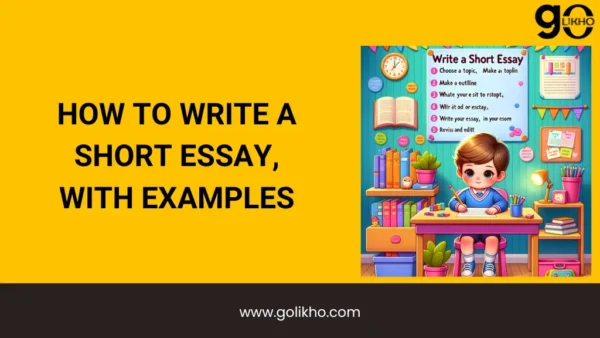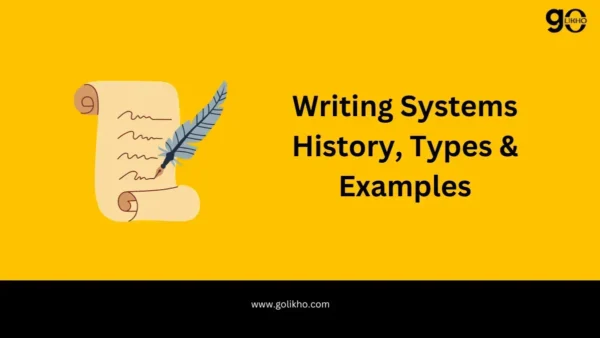
Introduction
In the realm of language and literary devices, extended metaphor stands as a formidable figure of speech, skillfully weaving the fabric of language and imagination to convey profound meanings, offering a tapestry of thought that extends far beyond the ordinary realms of expression. In this exploration, we will delve into the heart of the matter, uncovering the meaning, purpose, structure, and practical application of extended metaphors. Through illuminating examples, we shall witness the unparalleled power and artistry this rhetorical device embodies.
I. What is an Extended Metaphor?
An extended metaphor is often referred to as a conceit. It is a literary device that delves beyond the superficial comparison of two distinct ideas, objects, or concepts. Instead, it stretches the metaphorical thread throughout a passage or an entire piece of literature, forging an intricate, sustained analogy. This analogy serves as a vessel for conveying a deeper, more nuanced message, inviting the reader to navigate through layers of meaning with a single guiding symbol.
The key to understanding an extended metaphor lies in recognizing that it is not a fleeting comparison. Instead, it is an elaborate, deliberate choice to employ an overarching theme throughout a text, allowing the reader to explore multiple facets of the subject matter through a single lens.
II. Purpose of Extended Metaphor
Extended metaphors serve a multitude of purposes within the realm of literature. Their primary function is to heighten the impact and memorability of a piece of writing. By connecting the reader to a central theme or concept through a continuous metaphorical thread. The writer creates a lasting impression that lingers in the reader’s mind long after the words have been read.
Moreover, extended metaphors provide a means of exploring complex ideas, emotions, and concepts in a more accessible and relatable manner. They enable writers to tackle intricate subjects by associating them with familiar or concrete imagery. This, in turn, facilitates a deeper understanding of the underlying message.
Furthermore, extended metaphors add depth and richness to a text, transforming it into a multi-dimensional narrative. They invite readers to delve into the layers of meaning, encouraging critical thinking and analysis. ultimately elevating the text from the mundane to the profound.
III. What Is the Structure of a Metaphor?
At its core, a metaphor is a comparison between two seemingly unrelated elements, allowing one to illuminate the other. Extended metaphors, however, take this concept to a different level. They are typically structured in the following manner:
- Introduction: An extended metaphor begins with the initial introduction of the metaphorical element. This is where the writer establishes the connection between the concrete and the abstract, giving the reader a glimpse of the overarching theme.
- Development: The metaphor is then expanded upon through the course of the text, often appearing repeatedly, either directly or indirectly, in various forms.
- Subtlety: While the metaphor remains consistent, it may not always be overt. It can manifest in subtle allusions, comparisons, or hints, requiring the reader to engage actively with the text.
- Resolution: The extended metaphor reaches its apex in the text, providing a profound and conclusive statement that encapsulates the intended message.
IV. How to Use Extended Metaphor
Mastering the art of employing an extended metaphor requires careful consideration and craftsmanship. Here are some steps to effectively use this rhetorical device:
- Choose the right metaphor: Select a metaphor that resonates with your core message and aligns with the theme of your work.
- Be consistent: Ensure that the metaphor is consistently threaded throughout the text, providing a cohesive and unified experience for the reader.
- Develop the metaphor: Delve into the metaphor, exploring various aspects and implications to fully exploit its potential.
- Balance subtlety: Use subtlety to maintain the intrigue and engagement of your readers, allowing them to discover and connect the dots.
- Conclude with impact: Bring your extended metaphor to a compelling and thought-provoking conclusion that leaves a lasting impression.
V. Extended Metaphor Example
To illustrate the power and beauty of extended metaphors, let’s explore an example from John Donne’s poem, “A Valediction: Forbidding Mourning.” In this eloquent piece, Donne employs a compass as an extended metaphor to convey the strength and depth of a love relationship. The compass, with one leg fixed and the other revolving around it, represents the unshakable connection between two lovers.
Donne extends this metaphor throughout the poem, describing how the two lovers remain connected even when physically apart. The idea of the compass serves as a vehicle for exploring the profound nature of their love and the intellectual and emotional depth of their connection.
VI. Conclusion
In the world of literature, the extended metaphor emerges as a beacon of linguistic prowess, elevating the written word to new heights of meaning, beauty, and depth. It is the author’s brush, painting a vivid tapestry of thought and emotion that lingers in the reader’s consciousness. By understanding the meaning, purpose, structure, and application of extended metaphors. Writers can wield this powerful tool to craft stories and poems that resonate in the hearts and minds of their audience, leaving an indelible mark on the literary landscape. In the end, the extended metaphor is not merely a rhetorical device. It is the conduit through which writers channel the boundless power of human expression.




